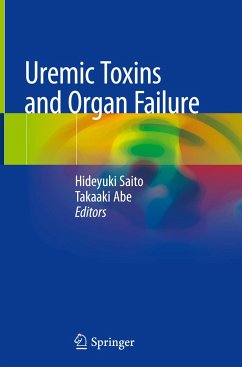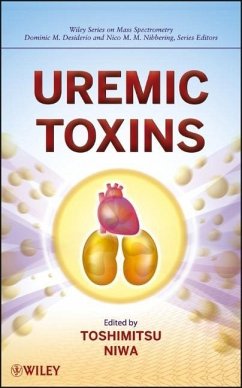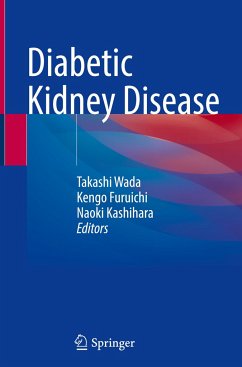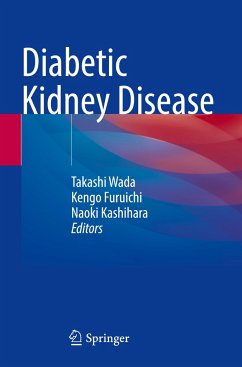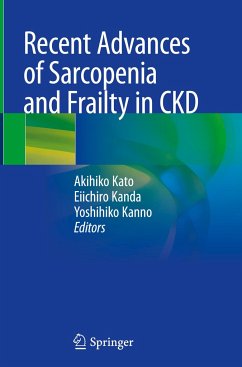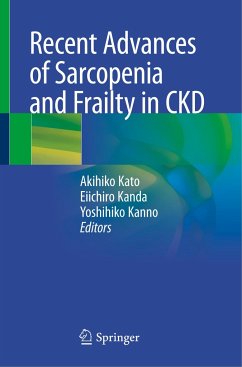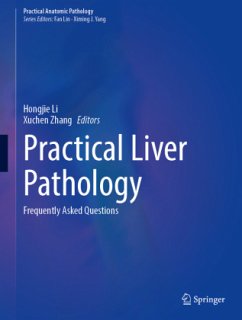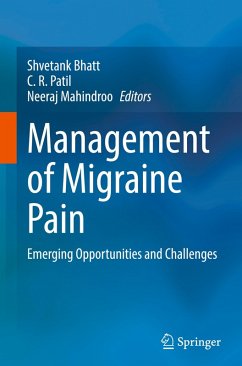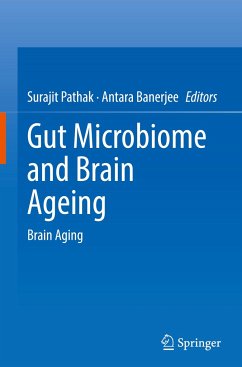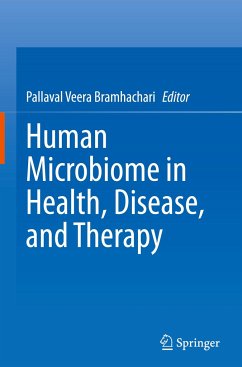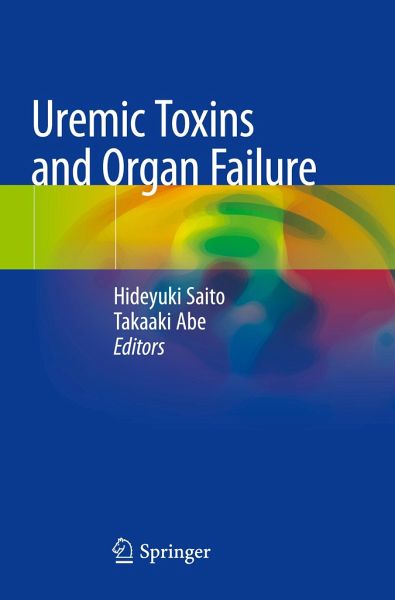
Uremic Toxins and Organ Failure
Versandkostenfrei!
Versandfertig in 1-2 Wochen
75,99 €
inkl. MwSt.

PAYBACK Punkte
38 °P sammeln!
This book describes the latest research on the gut-kidney axis of ureic solutes; the toxico-pathological mechanisms of uremic toxin-induced organ failure, including kidney and cardiovascular tissue; and the preventive therapeutic strategies for uremia and related organ failure associated with kidney injuries and diseases. Retained uremic toxins cause a variety of symptoms, such as hypertension, fatigue, renal anemia, osteoporosis and neurologic impairment, which are apparent in chronic kidney disease (CKD) patients. The human gastrointestinal tract contains trillions of microorganisms, referre...
This book describes the latest research on the gut-kidney axis of ureic solutes; the toxico-pathological mechanisms of uremic toxin-induced organ failure, including kidney and cardiovascular tissue; and the preventive therapeutic strategies for uremia and related organ failure associated with kidney injuries and diseases. Retained uremic toxins cause a variety of symptoms, such as hypertension, fatigue, renal anemia, osteoporosis and neurologic impairment, which are apparent in chronic kidney disease (CKD) patients. The human gastrointestinal tract contains trillions of microorganisms, referred to as gut microbiota, which support the host metabolism by producing nutrients, such as vitamins and short-chain fatty acids. However, they also produce various harmful uremic toxins that show renal and cardiovascular toxicity, and correlate with an increased mortality in CKD patients. The composition and balance of gut microbiota are associated with the accumulation of uremic toxins and the pathophysiology of CKD, and as such are being considered for a novel therapeutic strategy.



